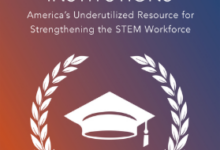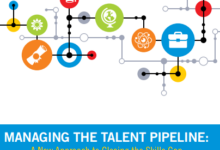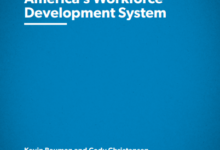When the skills workers possess do not align with the needs of employers, this results in a skills gap. To examine the skills gap on an occupation-by-occupation basis, the US Chamber of Commerce Foundation and Burning Glass Technologies mapped out the supply of workers using federal workforce statistics and the demand from employers using job postings data. Their report finds 12 career areas where the demand for workers exceeds the supply and identifies three key implications to consider when developing solutions to address the skills gap:
- A need for improved alignment between education and workforce systems and a rapidly changing labor market;
- A need for expanded employer leadership role in those systems; and,
- A need for improved employer signaling, particularly around the changing competency and credentialing requirements for the fastest growing and the hardest to fill jobs.







